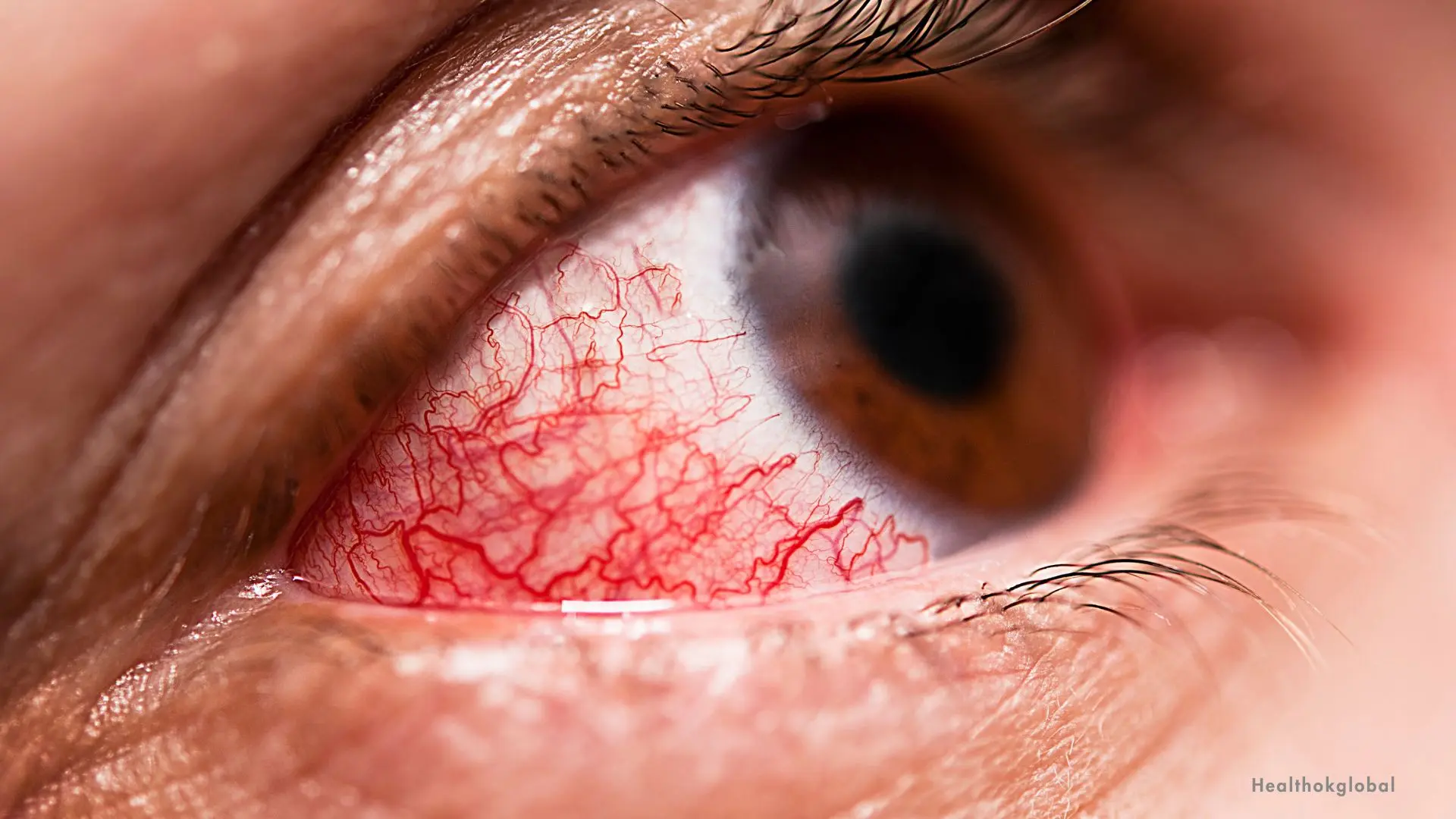Conjunctivitis, commonly known as eye flu, is an inflammation of the conjunctiva that causes redness, irritation, and discomfort.

Blog
Conjunctivitis (Eye Flu): A Detailed Guide
Conjunctivitis, commonly referred to as eye flu, is an inflammation or infection of the conjunctiva, the transparent membrane that lines the eyelid and covers the white part of the eyeball. This condition can cause redness, irritation, discharge, and discomfort in the eyes. Conjunctivitis can be caused by viruses, bacteria, allergens, or irritants. It is highly contagious and can spread rapidly, particularly in communal settings such as schools and workplaces. Understanding the symptoms, treatment options, and preventive measures is crucial in managing and controlling the spread of conjunctivitis.
Conjunctivitis can be classified into three main types based on its cause: viral, bacterial, and allergic. Each type has distinct characteristics and requires different approaches to treatment.
Viral conjunctivitis is most commonly caused by adenoviruses, but other viruses such as herpes simplex, varicella-zoster, and picornavirus can also be responsible.
Symptoms include watery discharge, redness, itching, and sensitivity to light. It often starts in one eye and spreads to the other.
Highly contagious and spreads through direct or indirect contact with the infected person’s eye secretions.
Caused by bacteria such as Staphylococcus aureus, Streptococcus pneumoniae, and Haemophilus influenzae.
Symptoms include a thick, yellow-green discharge, redness, swelling, and crusting of the eyelashes. Both eyes are often affected.
Spread through direct contact with infected eye secretions or contaminated objects.
Triggered by allergens such as pollen, dust mites, pet dander, and certain chemicals.
Symptoms include redness, itching, watery discharge, and swollen eyelids. Both eyes are usually affected simultaneously.
Not contagious. It occurs due to an allergic reaction.
Accurate diagnosis of conjunctivitis is essential for effective treatment. This involves a thorough examination and understanding of the patient's symptoms and medical history.
The healthcare provider will ask about recent illnesses, exposure to individuals with eye infections, and any known allergies.
Discussing the onset, duration, and nature of symptoms helps in differentiating between viral, bacterial, and allergic conjunctivitis.
A detailed examination of the eyes is conducted to check for redness, discharge, and swelling.
Assesses any impact on vision and helps in identifying complications.
A sample of the eye discharge may be taken to identify the specific bacteria or virus causing the infection.
In cases of suspected allergic conjunctivitis, allergy tests may be performed to identify the triggering allergen.
The treatment of conjunctivitis depends on its cause. It is important to follow the appropriate treatment plan to alleviate symptoms and prevent the spread of infection.
Since viral conjunctivitis is self-limiting, treatment focuses on relieving symptoms. Cold compresses and artificial tears can help reduce discomfort.
In severe cases, such as those caused by herpes simplex virus, antiviral medication may be prescribed.
Good hygiene practices, such as frequent hand washing and avoiding touching the eyes, can help prevent the spread of infection.
Prescribed antibiotic eye drops or ointments are the mainstay of treatment and help clear the infection.
Regular hand washing and avoiding sharing personal items, such as towels and makeup, can prevent the spread of bacterial conjunctivitis.
Applying warm compresses to the eyes can help reduce discomfort and clear discharge.
Identifying and avoiding allergens is the primary step in managing allergic conjunctivitis.
Over-the-counter or prescription antihistamine eye drops can help relieve itching and reduce inflammation.
Applying cool compresses to the eyes can soothe irritation and reduce swelling.
Preventive measures are crucial in controlling the spread of conjunctivitis, especially in communal settings.
Wash hands frequently with soap and water to prevent the spread of infection.
Refrain from touching or rubbing the eyes to avoid transferring pathogens from the hands to the eyes.
Regularly clean or replace personal items such as towels, pillowcases, and makeup brushes.
Encourage individuals with conjunctivitis to stay home to prevent spreading the infection.
Frequently clean and disinfect common areas and surfaces.
Promote good hygiene practices among students and employees, including proper hand washing techniques.
Work with a healthcare provider to identify specific allergens and develop strategies to avoid them.
Using air purifiers can help reduce indoor allergens such as dust mites and pet dander.
During high pollen seasons, keep windows closed to prevent pollen from entering the home.
While conjunctivitis is often a minor infection, there are instances when medical attention is necessary.
If symptoms persist for more than a week despite treatment, seek medical advice.
Any changes in vision or severe pain should be evaluated by a healthcare provider.
Signs of corneal involvement, such as severe pain, blurred vision, or sensitivity to light, require immediate medical attention.
If the infection spreads beyond the conjunctiva to other parts of the eye, prompt treatment is necessary.
Conjunctivitis, or eye flu, is a common condition that can cause significant discomfort but is usually not serious. Understanding the different types of conjunctivitis, their symptoms, and appropriate treatment options is essential for effective management. By practicing good hygiene, taking preventive measures, and seeking medical attention when necessary, the spread of conjunctivitis can be controlled, and individuals can recover more quickly. Through awareness and proper care, conjunctivitis can be effectively managed, ensuring better eye health and comfort.
While conjunctivitis is often a minor infection, there are instances when medical attention is necessary.
Encourage individuals with conjunctivitis to stay home to prevent spreading the infection.
Conjunctivitis, or eye flu, is a common condition that can cause significant discomfort but is usually not serious. Understanding the different types of conjunctivitis, their symptoms, and appropriate treatment options is essential for effective management. By practicing good hygiene, taking preventive measures, and seeking medical attention when necessary, the spread of conjunctivitis can be controlled, and individuals can recover more quickly. Through awareness and proper care, conjunctivitis can be effectively managed, ensuring better eye health and comfort.
Need Personalized Health Guidance?
Get expert advice tailored to your specific health needs from our qualified healthcare professionals.





